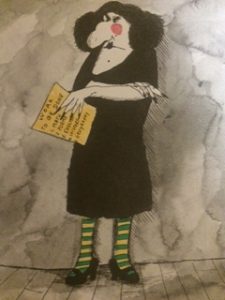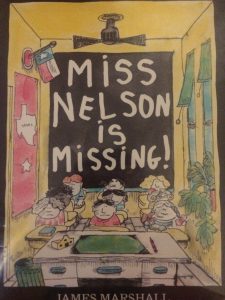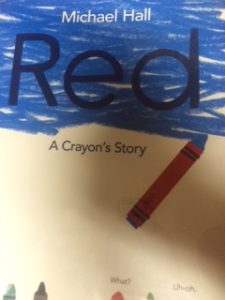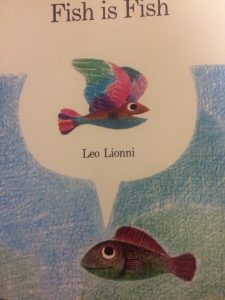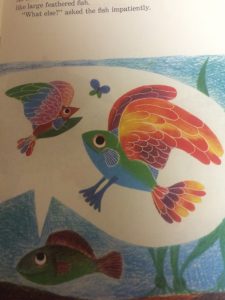Author/ Illustrator: Vera B. Williams
Publisher and Year: Greenwillow Books 1982
Number of Pages: 29
Genre: Fiction
Analysis
A little girl, her mother, and her grandmother save up to buy a big, comfy chair to put in their apartment. The mother has no place to rest from a long day’s work at the diner. All they have is the wooden chairs from the kitchen because a fire burned most of their furniture. All that is earned is put into a big jug to save up for the big chair.
Just as in the book as people came and helped the girl and her mother after the fire burned up most of their possessions, children can also learn to help others when they are in need. It can open the door to teaching about sharing or helping others. It can also teach about how working together can solve solutions. When all the neighbors came together, they helped the little girl and her mother. Or when the girl would work in the diner along with her mother, she helped earn a few extra coins to add to the jar that would eventually buy a new, comfy chair.
Perceptual- The little girl saves up all her money in a huge jar. She even helps out at the diner her mother works at so she can make a little extra to save up for the brand new chair.
Structural- All the of the text appears on the opposite side of the pictures. On each side with the text, a very small object that is already seen on the bigger picture (on the opposite page) is underneath the text. The only time the text is not on the opposite side of the picture is when the little girl tells how the community comes together and donates items to her family after the fire.
Ideology- Giving to those who are in need. The new neighborhood, that the little girl had to move to, all got together to donate items that they didn’t need. Saving money is better than spending money. The little girl, her mother and grandmother all save up their money and put it in the jar so that they can buy their new chair.



